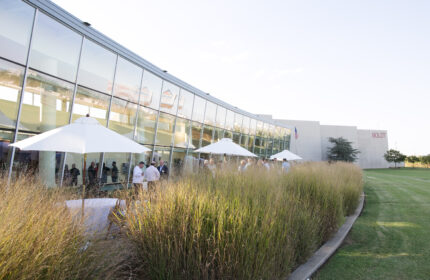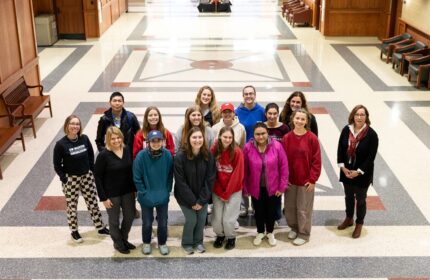Blog
Boldt Helps Healthcare Clients Find Their Flow
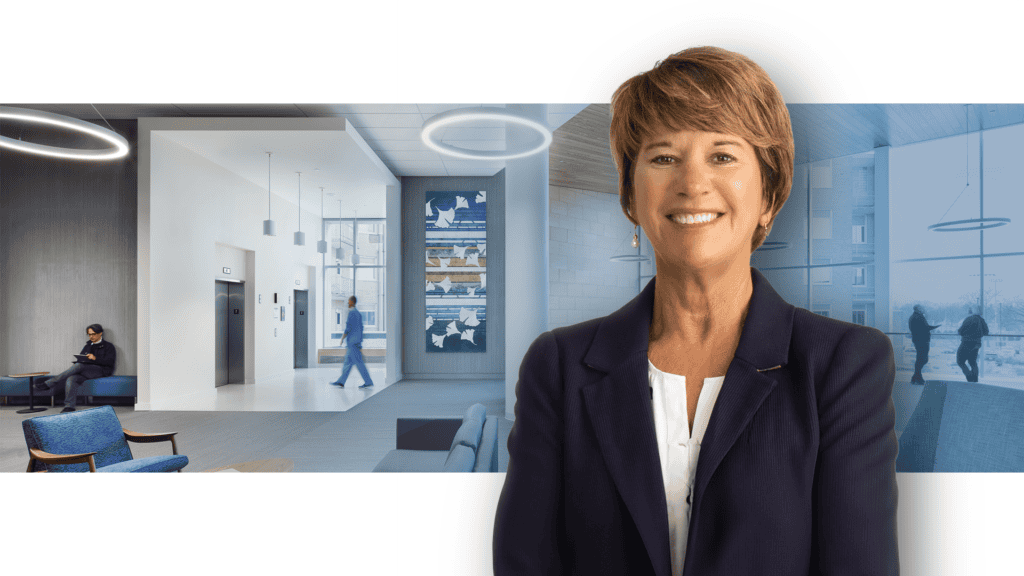
Boldt’s Beth Melchi Talks Prioritizing Speed-to-Market, New Technologies for Better Project Outcomes and Helping Hospitals Navigate the Complexities of Construction.
People who work in healthcare facilities are no strangers to the hustle and bustle happening day in and day out at a hospital or clinic. Even in the best circumstances, navigating long hallways, expansive floors and entrances at a facility can be challenging, especially during peak hours. For many healthcare professionals, construction projects can compound the stress of an already high intensity work environment.
Construction downtime is a significant concern for healthcare clients, which Boldt understands well because we employ experts who have experience working on both the patient care and administrative sides.
One size does not fit all, and when it comes to executing construction projects, it’s crucial to partner with a team that takes into consideration hospital patients, their families and healthcare professionals.
Boldt specializes in construction projects for acute care, ambulatory care, medical office buildings, medical research facilities, pharmacies, laboratories, central utility plants and more. This experience — coupled with Boldt’s commitment to keeping up with changing healthcare trends — enables us to work efficiently and be a thought partner to healthcare clients.
Q. Can you tell us about your background in healthcare and how you got started?
A. I graduated from Indiana University with a bachelor’s in nuclear medicine. Then, I had the opportunity to pursue a career in direct patient care, which is where I worked for 15 years.
Gradually, I became more interested in healthcare administration and went back to school for my master’s in business administration. Prior to joining Boldt, I worked in physician recruitment, space leases and served as an executive director, overseeing more than 30 specialty physicians. My interest in construction, though, was piqued after I helped a community hospital launch an orthopedic wing — a big undertaking at the time.
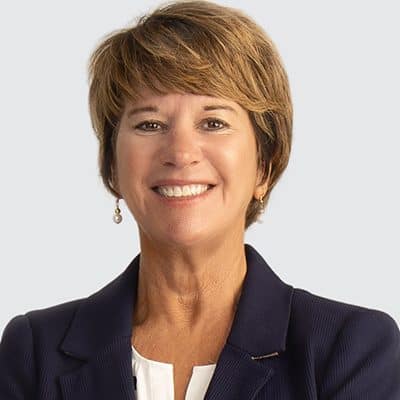
Director of Business Development
Q. What is the main priority for healthcare administrators who are seeking to launch new construction projects?
A. Hospitals and clinics can’t afford down time. That’s why speed-to-market is a top priority for the healthcare industry. Studies show most large construction projects last 20% longer than estimated and run up to 80% over budget, which is where companies like Boldt come in to challenge the norms. Our industrialized construction team is second-to-none in terms of identifying and implementing innovative tactics to minimize delays. These include prefabrication and modular construction, for example, and other solutions which are reality-tested approaches for better project results, including budget reliability, safety and faster completion rates.
Q. What benefits does Building Information Modeling (BIM) bring to clients, especially those in the healthcare sector?
A. Methods such as BIM allow our contractors and key stakeholders to visualize projects before the building process even begins, ultimately improving outcomes. For instance, Boldt was engaged to construct a new medical center in Wisconsin, and BIM helped facilitate trade coordination and sequencing, resulting in 90% fewer issues when building. This approach saves time and money by improving clarity and ensuring all parties involved are on the same page.
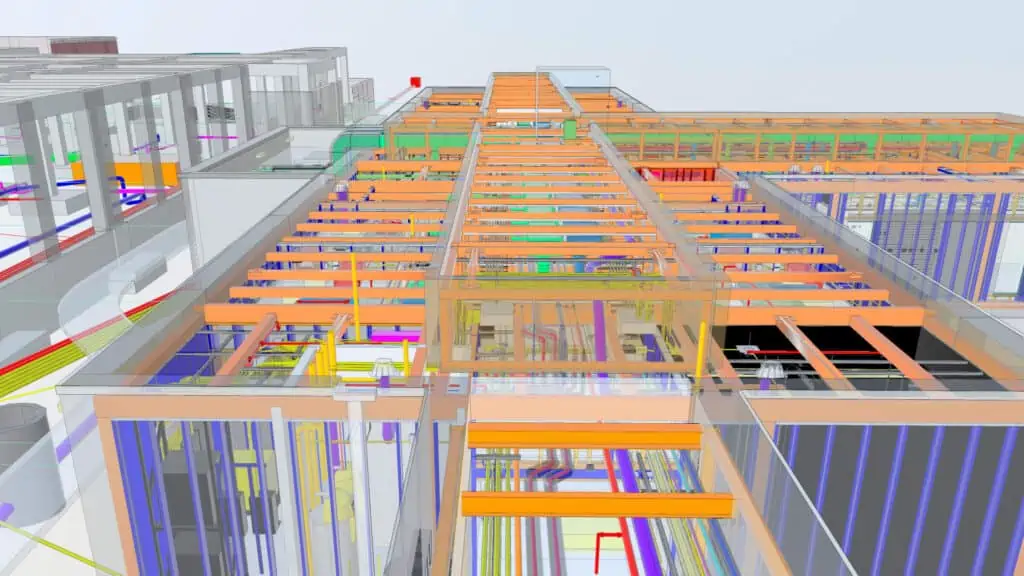
Q. How is the company working with healthcare administrators to bridge staffing gaps?
A. The healthcare industry has experienced many years of staffing challenges, impacting organizations’ ability to properly manage major construction projects. When internal bandwidth is low, Boldt can be engaged as a collaborative “staff member” to help coordinate the project from beginning to end. This includes (but isn’t limited to) planning and design, construction and commissioning, financial feasibility, master plan development, project team assembly, preconstruction and more.
This translates to healthcare organizations getting the job done sooner and being able to continue regular operations to meet patient needs, as well as financial goals.
Q. How does Boldt differentiate itself from other firms working in healthcare construction?
A. Boldt understands the logistical complications of working on a dynamic healthcare campus and coordinates projects accordingly. Construction can be a barrier for patients and other visitors, but it shouldn’t be, which is why Boldt is committed to minimizing disruptions through planning and open communication.
We prioritize the safety of medical professionals, visitors and patients, while ensuring the accessibility of medical teams and their services. By providing regular, transparent updates and clear signage, we establish an environment in which medical teams can continue their critical work of saving lives, even as the building undergoes construction. We become part of the healthcare team, working collaboratively to keep stakeholders informed and engaged during construction, ensuring a smooth and safe experience for everyone involved.
By combining our deep-rooted healthcare expertise with thoughtful construction tactics, Boldt delivers projects with safety, efficiency and precision top of mind. Healthcare teams can trust Boldt as their partner, confident in our ability to navigate the construction process and ensure a return on investment.
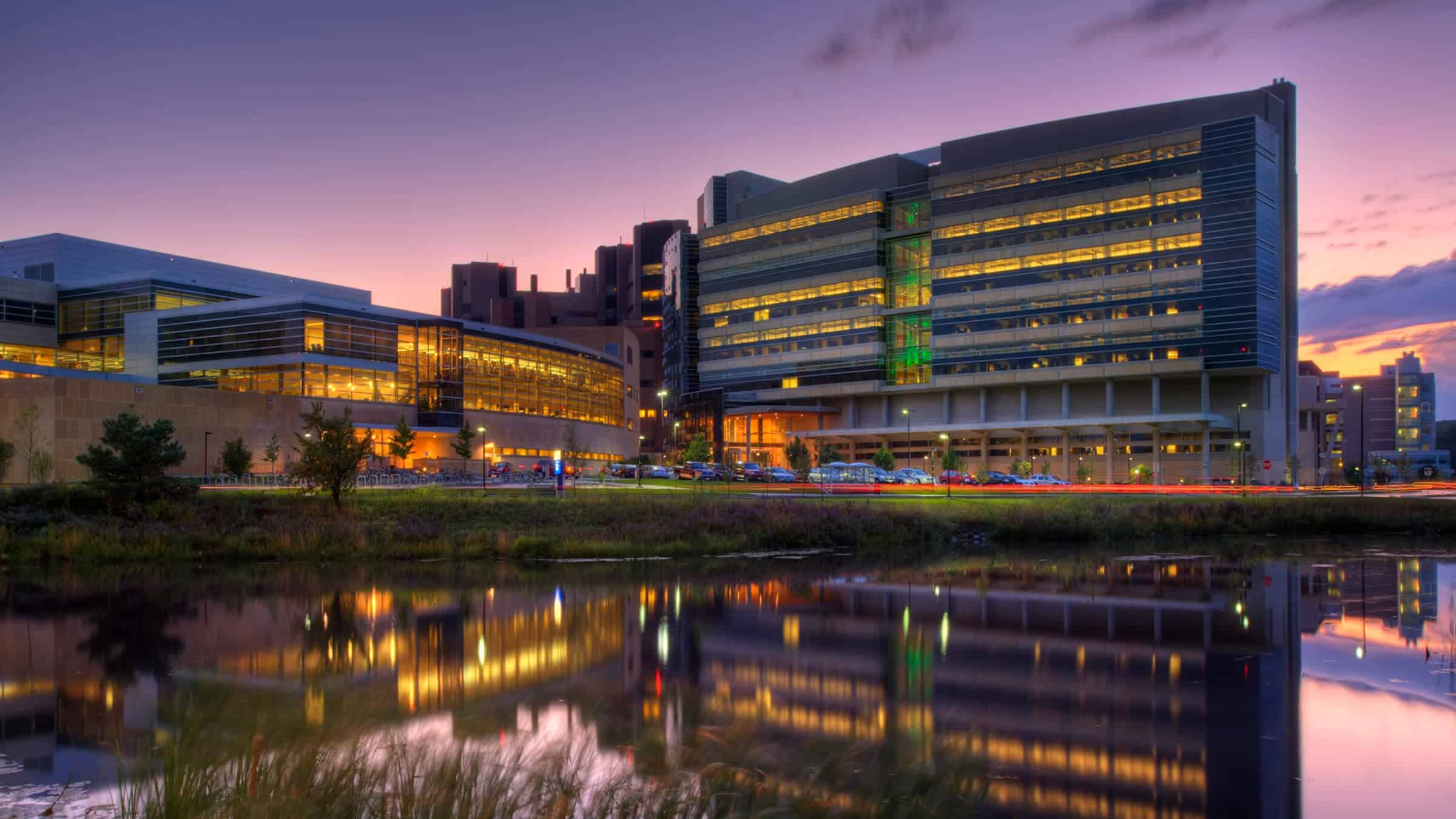
Want to Learn More?
About The Boldt Company
The Boldt Company (Boldt) is a leading professional construction services firm with customers across the United States and is a subsidiary of The Boldt Group. Founded in 1889, Boldt is a fourth-generation family and employee-owned firm headquartered in Appleton, Wisconsin. Boldt is recognized as a pioneer in Lean construction and in the industrialized construction space. Boldt operates 18 offices across the U.S. that serve customers in healthcare, power, industrial, education, automotive and commercial markets.

